Media releases from 2019
all news | only media releases

Researchers assess direct and indirect effects of urban growth on a global scale. › more

Narratives have functions and can be explained in a (simple) model › more
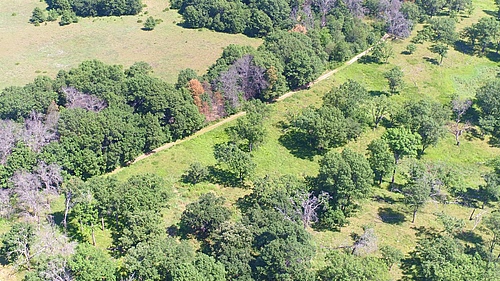
Although local plant diversity increases over time, plant productivity does not significantly recover from agricultural use. › more
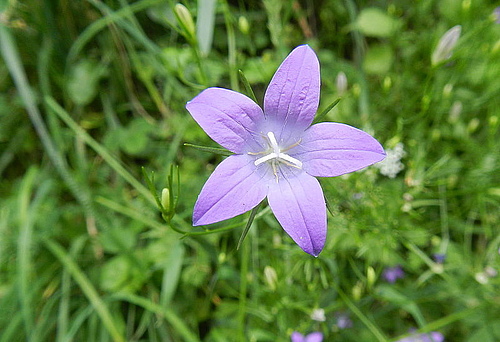
The full text is only available in German. › more
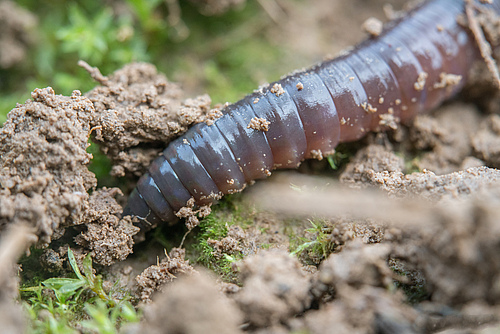
Global climate change could alter earthworm communities worldwide. › more
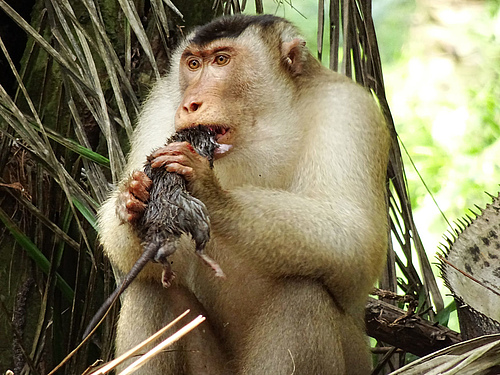
Considered an oil palm pest, macaques can in fact diminish a more severe pest: rats › more
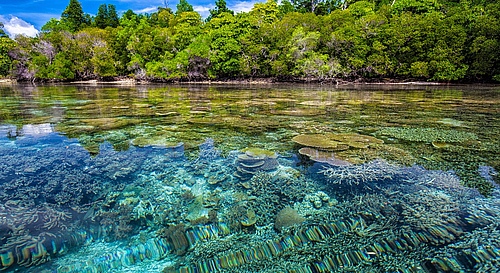
Researchers map types and rates of biodiversity change. › more
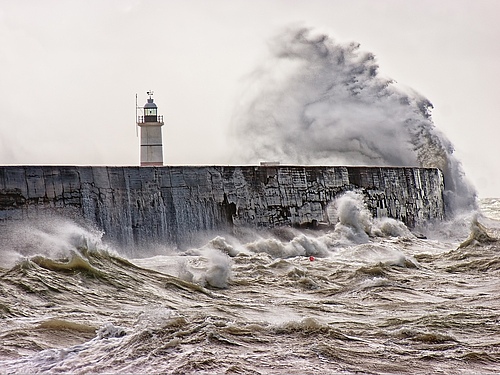
Where people’s needs for nature are greatest, nature’s ability to meet those needs is declining › more
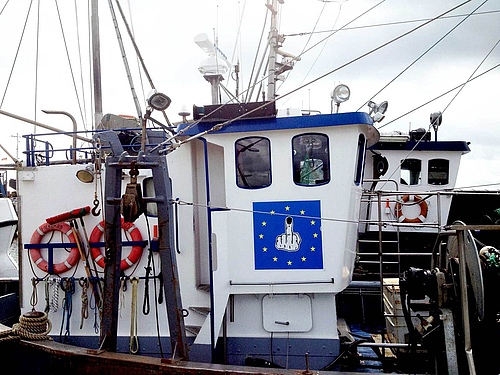
Game of chance experiment: In a relationship with an unpopular regulator, the truth is somewhat elastic. › more
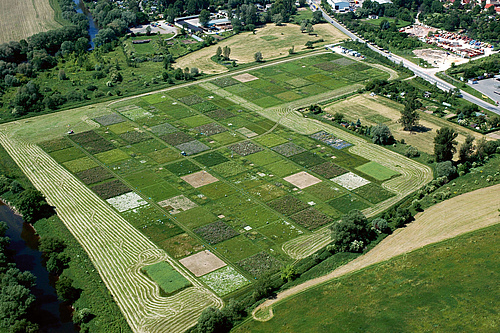
Deutsche Forschungsgemeinschaft grants 5 million euros for novel approach to investigate mechanisms underlying biodiversity and ecosystem functions at Jena Experiment › more
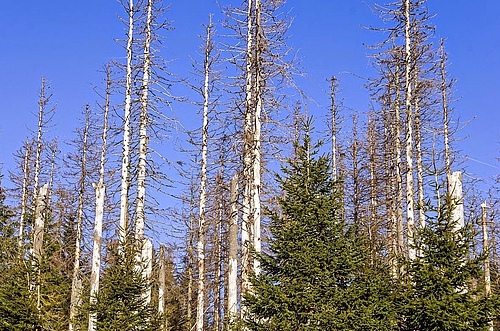
iDiv scientists call for action to tackle climate and biodiversity change. › more
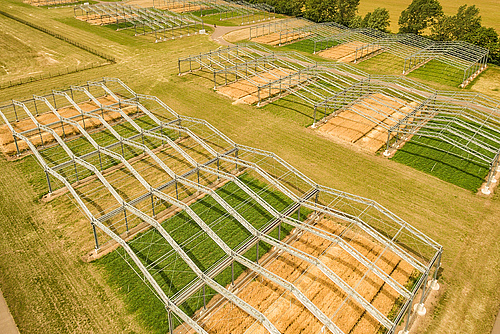
Most experiments do not correspond to projected climate scenarios › more
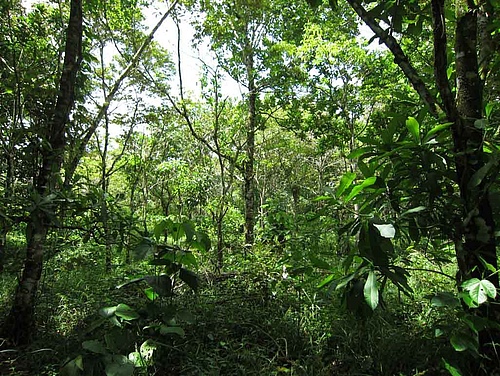
Recent study proves: Forests that are more diverse are also more productive and more resilient › more
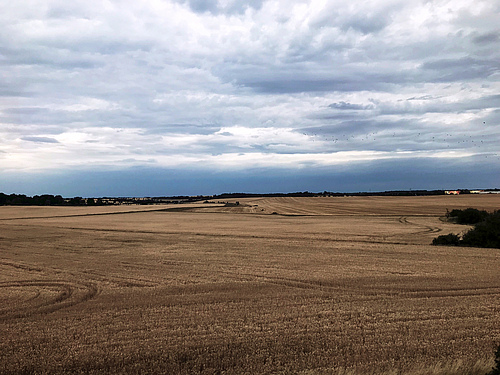
Researchers analyse EU Commission reform plans for the CAP › more
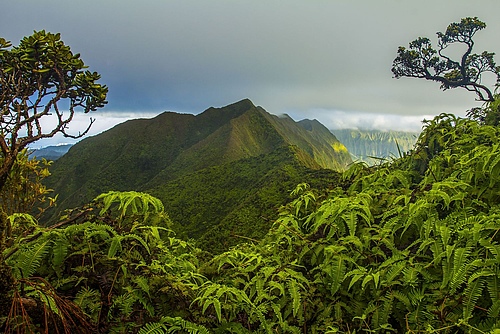
International research team investigates mechanisms of forest biodiversity in Hawaiian archipelago › more
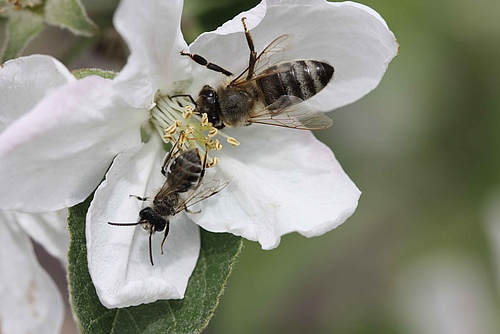
Media release by the Martin-Luther-University Halle-Wittenberg › more
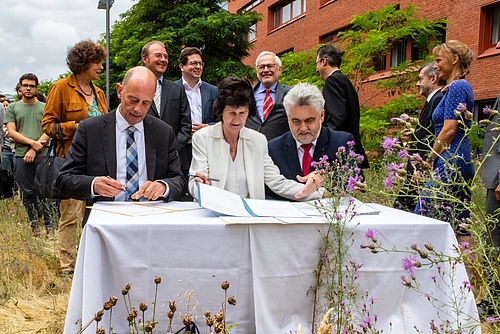
Joint media release by the State Ministries of Science of Saxony, Thuringia and Saxony-Anhalt › more
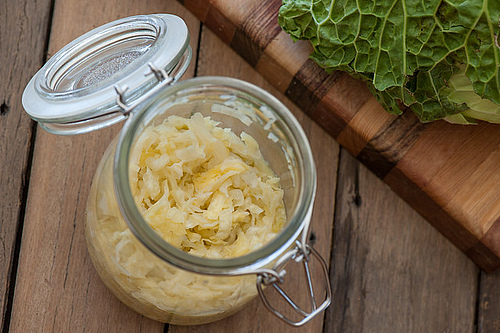
They activate a specific cell receptor › more
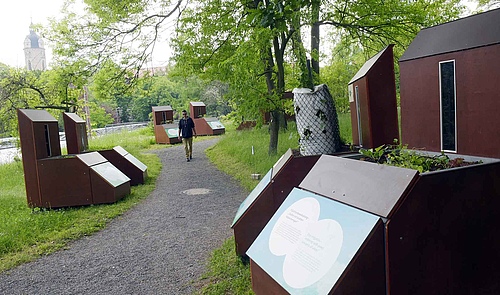
From 24 May to 1 September the Botanical Garden of the University of Jena presents “Garten findet Stadt”, an exhibition on urban gardening. › more
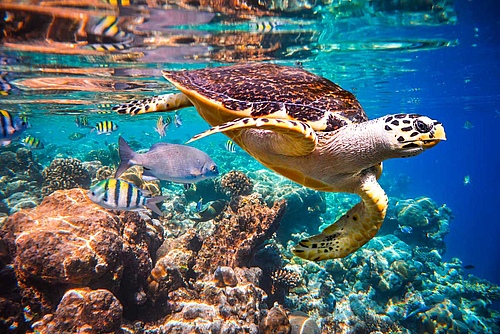
World Biodiversity Council IPBES presents long-awaited Global Assessment. › more
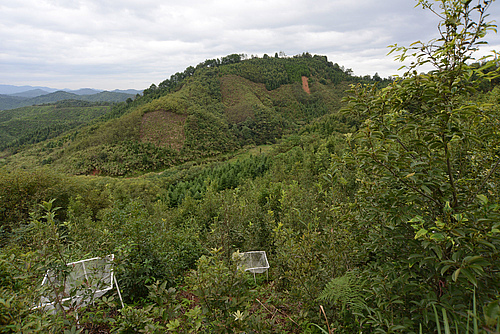
Halle, Leipzig, Göttingen. The more plant species live in grasslands and forests, the more insect species find a habitat there. However, the presence of more plant species does not only increase… › more
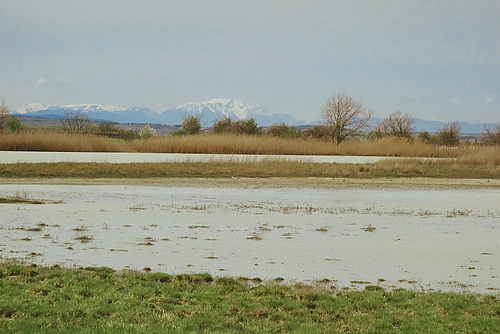
Also in neighbouring habitat patches species are lost › more
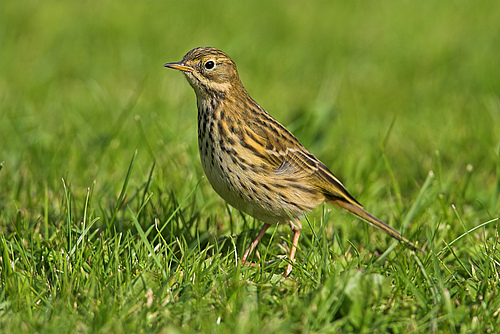
First Europe-wide study relating population trends of birds to their diet › more
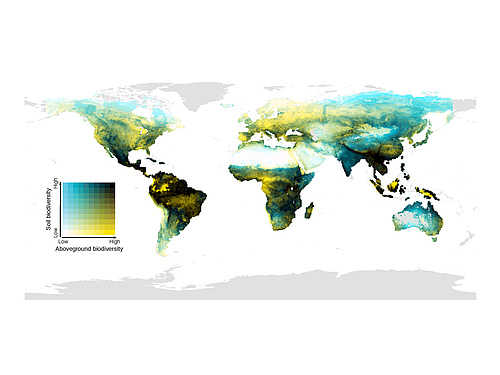
Research team evaluates global biodiversity data – with surprising resultsLeipzig. After conducting comprehensive studies, an international team of researchers led by Leipzig University and the iDiv… › more

Developed under the auspices of the Group on Earth Observations Biodiversity Observation Network (GEO BON) › more

The new building will be complete by March 2020. › more
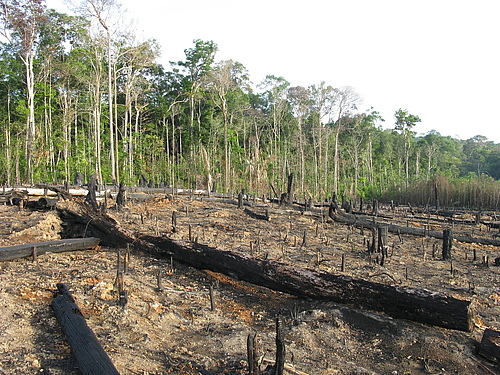
Population and economic growth offset improvement of environmental balance of land use › more
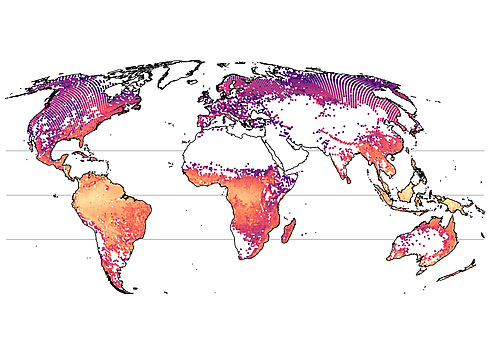
New statistical model eliminates blank spaces › more
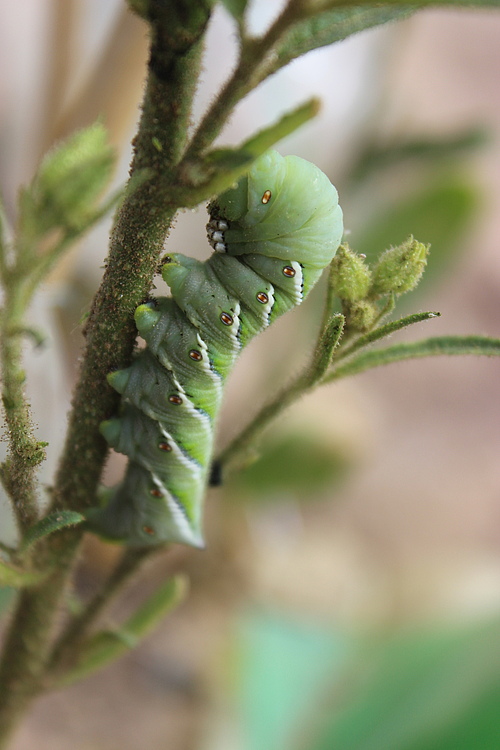
Tobacco plants gain an advantage by the timely sending of hungry caterpillars to the competition › more

More living organisms on our bodies and in our homes could help in combatting diseases - if we let them live › more
